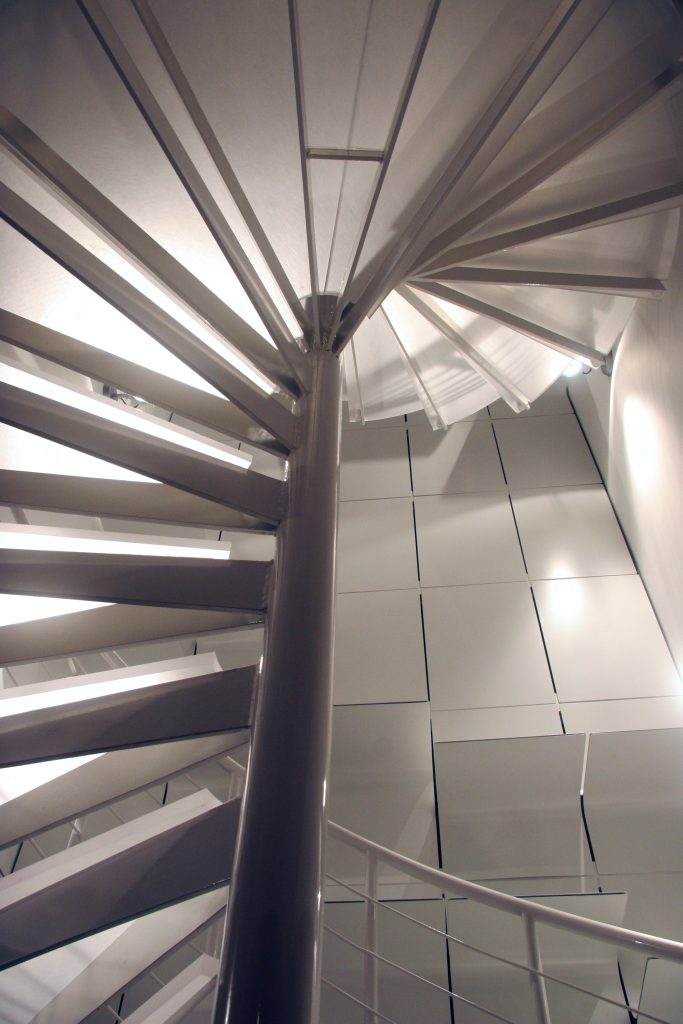Return to Beauty: Harlem Brownstone Renovation
A brownstone is a row house made of brick, fronted with a brown sandstone facade. Sandstone was plentiful and cheap when these structures first appeared in the 1840s, so it was used in tens of thousands of buildings over the years. But this porous exterior is prone to erosion or decay. The exterior surfaces just didn’t hold up in the New York weather and pollution.
Considered very attractive today, they were rapidly losing their appeal by the 1890s.
Features of the Classic Brownstone

People often use the term “brownstone” incorrectly to refer to townhomes with other types of exterior surfaces—limestone for example, or brick. Or they use the word in a generic sense to refer to a row of connected townhouses.
One thing these long, narrow homes have in common is the stoop. Almost all these buildings share this feature, which puts the main entry to the building above the street on the parlor floor. This floor has the highest ceilings in the house. Some stoops have been removed, resulting in building entrances typically a few steps down from the sidewalk onto the garden/basement level, which has the lowest ceiling heights in the building. Access to the backyard is traditionally through the garden floor. At the grandest level, the parlor floor can have 11-12’ ceiling heights while the garden floor will have only 8-9’ ceiling heights. The house is built around a central, connecting stairway.
The wood floor—often parquet—along with decorative door frames, period wood paneling, marble fireplaces, and ornate plaster ceilings give these homes a warm elegance.
Gut Renovation for a Brownstone in Harlem
Since it first appeared in the 1840’s, the Harlem brownstone has had to withstand all sorts of conditions over the years. There’s a good chance it is not in good shape. The roof might leak, and windows may be broken out. It may have suffered water damage, flooding, or fire. Historically incorrect renovations might have destroyed its architectural integrity. Some buildings may have been gutted. Others may look intact, but have inadequate wiring from the 1930’s.
Even if it is in acceptable condition, it might not suit the new owners’ needs. If they have the budget and are willing to go through the process, they may decide to basically do a complete remodel from the inside out. In the end, they will have a building that’s perfect for their family.
Depending on the condition of the building, a gut renovation may be required. This can involve stripping down interior walls, upgrading plumbing and electrical wiring, refinishing floors and woodwork, replacing the roof and windows, and adding air conditioning. The stairway may need to be replaced.
Once you gut the space, you might be left with the bones—the walls and joists if they are in good condition. The original subfloors were probably wood planks, so you would replace them with plywood that is engineered for durability and dimensional stability.
As for the exterior, the original lintels over the doors and windows, which would have been lovely in the day, may be cracked and or crumbling away. They might even have been removed and replaced with plain surfaces. A lot of expense and effort will go into restoring these decorative elements.
If the building is within a historic district, you must file for permission with New York City’s Landmarks Preservation Commission to do any restoration work. Original design details are documented, and then the surface is chipped off down to a stable base before being built back up with layers of cement. Finally, a cementitious brownstone coat is applied, and the fine historic details are added back in.
Start to finish, complete restoration may take about eighteen months and can start around $300 per square foot.
A Home Filled with Charm
You can find brownstones in neighborhoods like Manhattan, Brooklyn, the Bronx, as well as Harlem. Their architectural details—the sweeping staircase, marble fireplace, and wood paneling—are seldom found in new homes today. Originally, they were built to house middle class families because the sandstone provided the solidity and stateliness of marble, granite, and limestone but at a cheaper price. Now they are much sought after, and prices continue to rise.


Leave a Reply